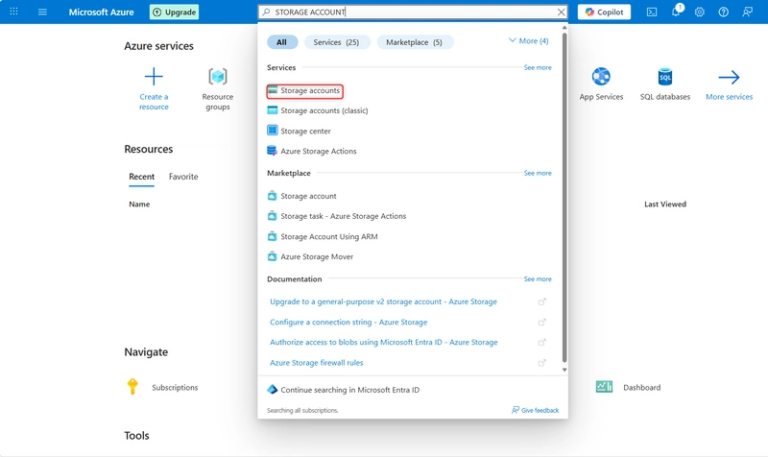Are Modern Development Tools Making Us Better or Different Programmers?
From AI pair programmers and GitHub Copilot to no-code platforms and hyper-configured IDEs, modern tools are changing how we write, think about, and collaborate on code. But are they making us better developers, or just ones solving different problems?
A Developer’s Toolbox Has Changed
Not long ago, coding meant memorizing syntax, debugging obscure errors for hours, and doing the heavy lifting yourself. Today, most developers work in a completely different landscape: aided by intelligent assistants, collaborating across time zones, and deploying in seconds.
We’ve gained speed, scale, and confidence. But have we gained skill? Or has the definition of skill simply changed?
What Are “Modern Tools” Anyway?
Here’s a snapshot of what many developers are working with today:
- AI Assistants like GitHub Copilot, Cody, and Amazon CodeWhisperer
- Cloud IDEs such as Codespaces, Replit, StackBlitz
- Automated CI/CD pipelines (GitHub Actions, CircleCI)
- Static Analysis Tools (TypeScript, ESLint, SonarQube)
- No-/Low-code Builders (Retool, Supabase Studio)
These tools simplify and speed up development but they also subtly shift what developers are responsible for.
What’s Changing, Really?
📦 Cognitive Load: Shifted, Not Reduced
We’re writing less boilerplate and looking up fewer docs. But we’re reviewing more generated code, orchestrating more tools, and debugging more automation.
55% faster task completion
Developers using GitHub Copilot completed tasks 55% faster in controlled experiments.
That boost in speed is real but it comes with new forms of attention management and decision-making.
🧪 Testing: From “Why Bother” to “Even More Crucial”
AI-generated code can feel deceptively correct—leading some developers to skip writing tests entirely.
But testing isn’t less important in the AI era; it’s more critical than ever.
45% of developers say their biggest frustration is AI-generated code that’s “almost right—but not quite”
Skipping tests means bugs and vulnerabilities are more likely to make it to production. In fact:
- 67% of developers report spending more time debugging AI code
- 68% say AI tooling introduces more security risks
— DevOps.com, 2025
Instead of treating AI as an excuse to test less, we should treat tools like snapshot testing and auto-test runners as the safety net that helps AI move faster, without cutting corners.
👥 Collaboration and Complexity
As we talk about smarter tools, we also have to talk about how they’ve changed how we collaborate.
Slack, GitHub, and CI/CD pipelines have made collaboration faster but they’ve also added more layers. Most developers today aren’t just writing code; they’re toggling between tools, juggling context, and syncing conversations across systems.
3+ tools per developer for collaboration
Over 60% of developers use three or more tools daily to coordinate and collaborate.
More tools means more visibility but also more context switching. It’s not uncommon for code reviews to happen in GitHub, discussions to continue in Slack, and deployment updates to show up in a CI dashboard. And while each tool serves a purpose, together they can fragment workflows and silo conversations—especially when the review context lives in Slack, but the PR decision happens in GitHub.
The challenge isn’t just using tools, it’s stitching them together in a way that feels coherent, not chaotic.
Are Juniors Falling Behind?
This is a common fear: Are AI tools widening the skill gap?
In reality, they’re changing how juniors learn. Instead of memorizing syntax, they’re learning to prompt, debug, and interpret generated output. That’s not worse, just different.
But it also means mentorship and structure matter more than ever. You can’t rely on the tool to explain why it works.
So… Are We Better?
That depends on your definition.
- If better means faster output: ✅
- If better means more cross-functional: ✅
- If better means deeper technical intuition: 🤔
We’re not necessarily better in the traditional sense: we’re evolving into a new kind of developer. One who…
- Understands orchestration more than low-level config
- Debugs prompt chains and test snapshots
- Thinks about systems, workflows, and context as much as code
Final Thoughts
Modern tools have reshaped the boundaries of what a “good developer” looks like. It’s less about knowing every line, and more about navigating the entire development experience intelligently.
As long as we stay reflective about how tools shape us, and not just our code, we’ll keep growing in the direction software needs us to.
—
At PullFlow, we’re building for a world where developers and AI agents work side by side. That’s why we care about developer workflows: not just speed, but clarity, collaboration, and flow.
If today’s tools feel like they’re getting in your way, you’re not alone. PullFlow helps teams stay in sync across GitHub, Slack, and your editor, without breaking stride.

